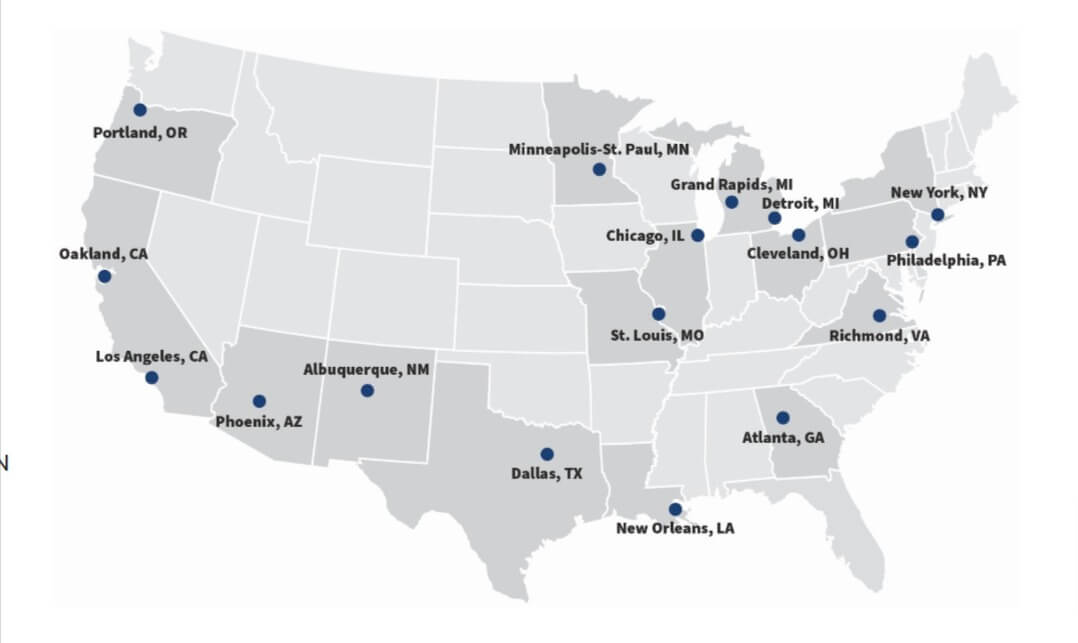Urban Agriculture: How the USDA is Helping Boost City Farming
Discover how urban agriculture is reshaping America’s food system with the USDA’s support. From rooftop gardens to community farms, the USDA offers grants, resources, and programs to help urban farmers. Learn about tools for planning and implementation and the future of sustainable city farming.
Stephen Smith
Last updated Apr 15, 2025

In American cities, more urban farms are quietly taking root. Urban agriculture is no longer just a hipster trend or a weekend gardening hobby—it’s becoming a critical component of our nation’s food system, and the United States Department of Agriculture (USDA) is helping lead the charge. Here I dive deeper in this trend given some of the recent initiatives announced.
What Services does USDA offer Urban Farmers?
When most people think of the USDA, images of vast rural farmlands typically come to mind. But today, the agency is doing something different: providing comprehensive support for urbanites growing food in perhaps unexpected places—rooftops, community gardens, vertical farms, and even abandoned lots.
The USDA is offering a range of services that support urban producers from planning to implementation. Whether you’re dreaming of a small community garden or planning a multi-level vertical farm, the agency has resources tailored to your needs.
A Toolkit for Urban Farmers
Planning to start an urban agricultural project? The USDA offers grants and support for everything from conducting community needs assessments to developing business plans. Entrepreneurs can receive assistance in researching growing practices, evaluating food distribution strategies, and navigating local zoning laws.
Implementation support is equally comprehensive. The agency helps urban producers increase food production, promote agricultural businesses, and provide job training. They’re not just offering financial support but creating ecosystems where urban agriculture can more likely thrive.
USDA Initiatives for Urban Farmers
The USDA isn’t just talking about urban agriculture—they’re investing in its future. The agency has recently rolled out several initiatives:
- 17 new Urban Service Centers to provide localized support
- $9 million in funding for urban agriculture outreach in 10 key cities
- $5.2 million in competitive grants for Urban Agriculture and Innovative Production
- Improved acreage reporting system: now farmers can report plots as small as 2.5 inches by 2.5 inches—meaning even the tiniest urban garden can be officially recognized.
Map or USDA Service Centers for Urban Agriculture

A Collaborative Approach
The USDA isn’t working alone. They’ve created a Federal Advisory Committee bringing together experts from various agencies and backgrounds. This collaborative approach ensures that urban agriculture policies are comprehensive, forward-thinking, and responsive to community needs.
Urban agriculture is more than just food production. It’s about creating green spaces, providing educational opportunities, supporting local economies, and building climate-resilient communities.
From hydroponic rooftop gardens in New York to vertical farms in Chicago, urban agriculture is transforming how we think about food, community, and sustainability.
The future of farming isn’t just in rural fields—it’s right outside your window, in the heart of our cities.